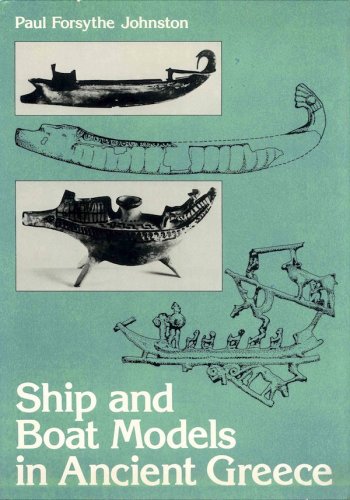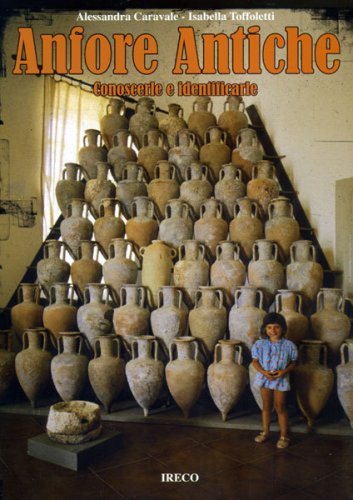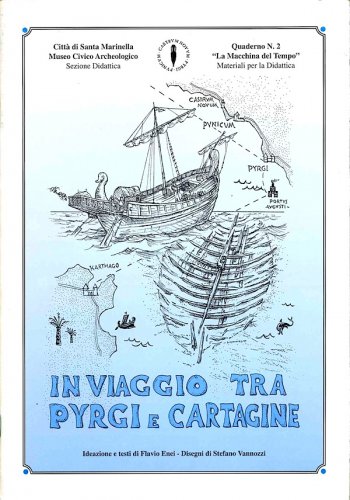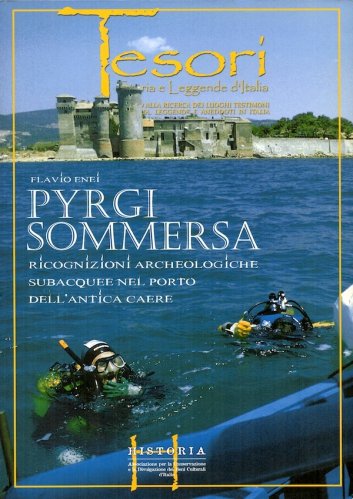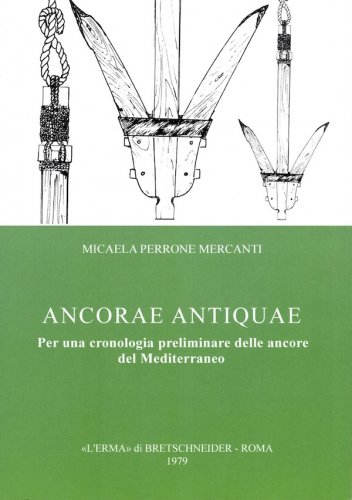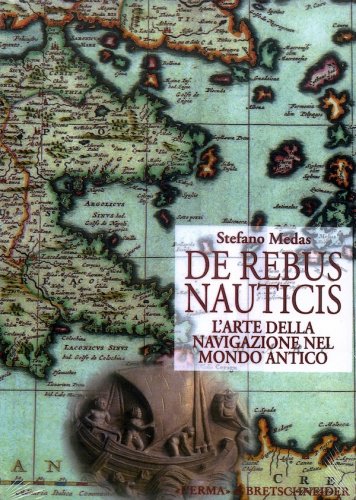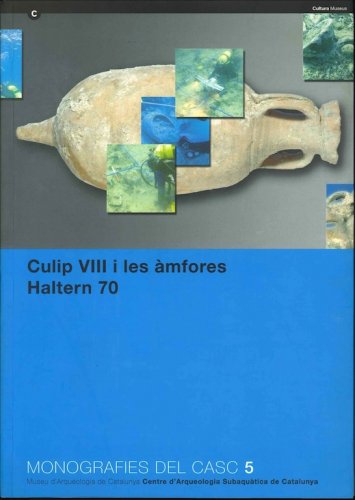Ship and boat models in ancient Greece
Ship and boat models in ancient Greece
- Non disponibile, richiedi informazioni sulla disponibilità
- Possibilità di reso entro 10 giorni lavorativi
- Transazione sicura con carta di credito, Paypal o bonifico bancario
- Spedizione tracciata con SDA
This landmark investigation of ancient Greek watercraft models is the first comprehensive guide available to these rare and fascinating artifacts. It includes every ship and boat model known to exist today from each of the five periods of Greek antiquity. Written by a noted scholar who is curator of maritime history at the Peabody Museum of Salem, Massachusetts, the book will stand as a primary reference for generations of archaeologists, ship historians, and ancient history buffs. Excavated from a region ranging from the western coast of Italy through western Turkey, these ship and boat models provide us with architectural information on ancient Greek vessels that is lacking in the more commonly found two-dimensional wall and vase paintings, coins, and relief sculpture. According to the author, the models occupied a special niche in ancient Greek life. Unlike modern ship models that are simply for display, the Greek models were used as toys in childhood, as both sacred and profane objects in adulthood, and as funerary objects after death. They also had a profound effect upon all subsequent nautical imagery in the western world, up to and including the twentieth century. The first chapter of this book discusses the models in relation to their counterparts from the other ancient Mediterranean cultures. Subsequent chapters discuss and catalog more than 130 ship and boat models from the Early Bronze Age through the end of the Hellenistic period (ca. 3000-31 BC). A typical catalog entry includes a model's use, material, ship type, provenience, date, dimensions, present location, major bibliographical citations, and a brief description. A final chapter analyzes the models as a group: their materials, geographical and temporal distribution, uses in daily and religious life, and popularity. The study concludes with three appendices devoted to the ancient written sources for models, ancient representations of models, and later models in the Greek tradition. Specially commissioned line drawings and photographs, an exhaustive bibliography, and an index further enhance the book's value as a reference work.

